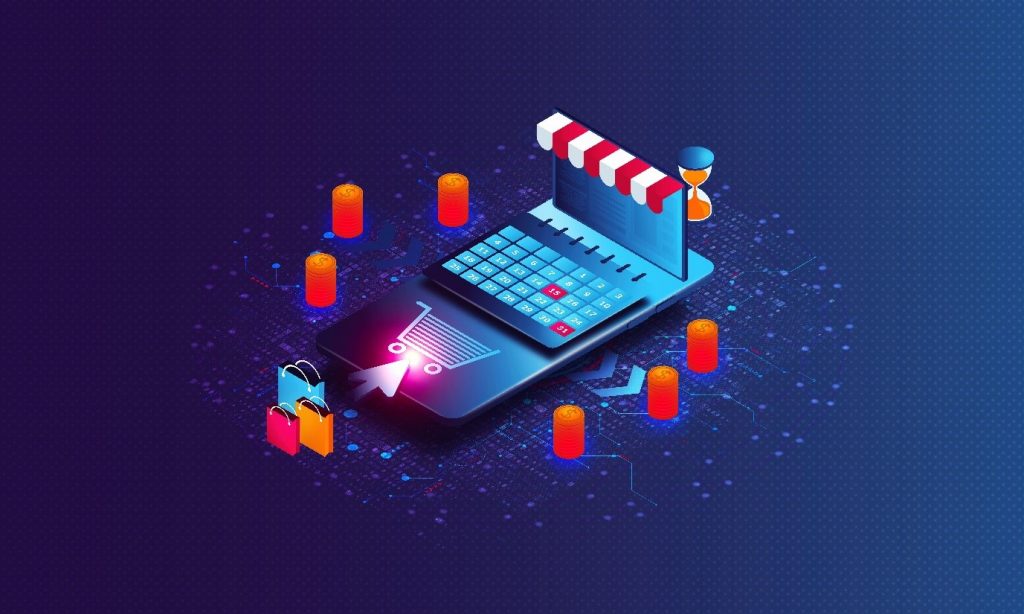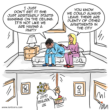Dopamine, BNPL and subprime lending
Buy now, pay later (BNPL) is an excellent representation of the fintech manifesto.

How can BNPL be structured to serve consumers better and help them be more responsible?
In their full glory, BNPL providers demonstrate the sheer power of technology in financial services.
For the novice, BNPL is an (instant) unsecured credit/lending service integrated with the merchant checkout process, both in-store and online, that allows retail customers to make purchases and pay later, typically in four easy installments. The primary target audience is younger consumers, mainly millennials and Gen Z.
The impetus behind this service’s success is that it is creatively structured to avoid regulation and consumer protection laws that conventional lenders, such as credit card companies, need to follow.
Unfortunately, with no proper credit and affordability risk reviews coupled with the lack of consumer protection regulations, BNPL services are bound to have a detrimental impact on a generation of consumers being introduced to the world of financial services.
The innovation around BNPL is endless. BNPL providers have done a terrific job of gauging the target market and their spending patterns and anticipating the future of spending. They have then successfully developed products that have revolutionised the industry lately.
Thanks to creative partnership agreements and monetisation terms, there is no one answer to how BNPL companies make money and how they differ from traditional lenders and credit card companies. Often in the background, you see some of the industry’s best technical and legal minds working day and night to overcome any barrier in the product’s path to success. That said, we can now stop thinking about controlling this unstoppable force. BNPL is here to stay and to grow for as long as we can imagine. So how can this service be structured to serve consumers better and help them be more responsible?
BNPL services thrive on consumers’ desire to buy goods they cannot afford. As a result, you can buy anything from a $10 hair clip to a $3,000 Gucci wallet without worrying about the cost. However, you must pay back in four installments or shell out interest as high as 30%.
Now let’s take a little detour into neuroscience and discuss how the chemicals in the brain work while shopping. A 2007 article in Scientific American highlighted a Stanford University neuroscientist-led study that identified parts of the human brain that light up and play a role when presented with a consumer product and the corresponding price, and those that make us finally pull the trigger on the purchase… or not.
Subjects in this research participated in an experiment called SHOP (Save Holdings or Purchase) while their brains were being scanned. Here, lucrative consumer products were put in front of them, and the price was presented four seconds after. Then, another four seconds later, the participants were asked whether to buy or to pass on the product.
In their brains, the nucleus accumbens were the first to light up in this sequence when the products were first presented. Nucleus accumbens are commonly known for their function related to our brain’s “reward circuit”. Rewards such as food, sex, retweets, and social media likes excite dopamine neurons that then target the nucleus accumbens, raising the overall dopamine levels in the brain in anticipation of the purchase that is about to happen.
Next, after four seconds, when the price was displayed, the mesial prefrontal cortex, a region of the brain known for higher executive functions, was activated, indicating product valuation. Finally, an activated insula represented common sense prevailing in cases where the consumer decided not to proceed with the purchase.
If our brain’s reward circuit is pivoted on the flow described above, the product’s total price helps the consumer make a rational decision.
I do not believe that BNPL was designed as a social engineering tool, but with the consumer’s interest not at heart and their vulnerability at play, this product now has the potential to be extremely successful, and at the same time could end up pushing a majority of users who’re either from the underserved part of society or are financially irresponsible into a never-ending hole of debt and terrible credit scores. Until the creditworthiness of the borrowers is tested and proper consumer protection measures applied, it might be safe to call BNPL a form of subprime lending.











































